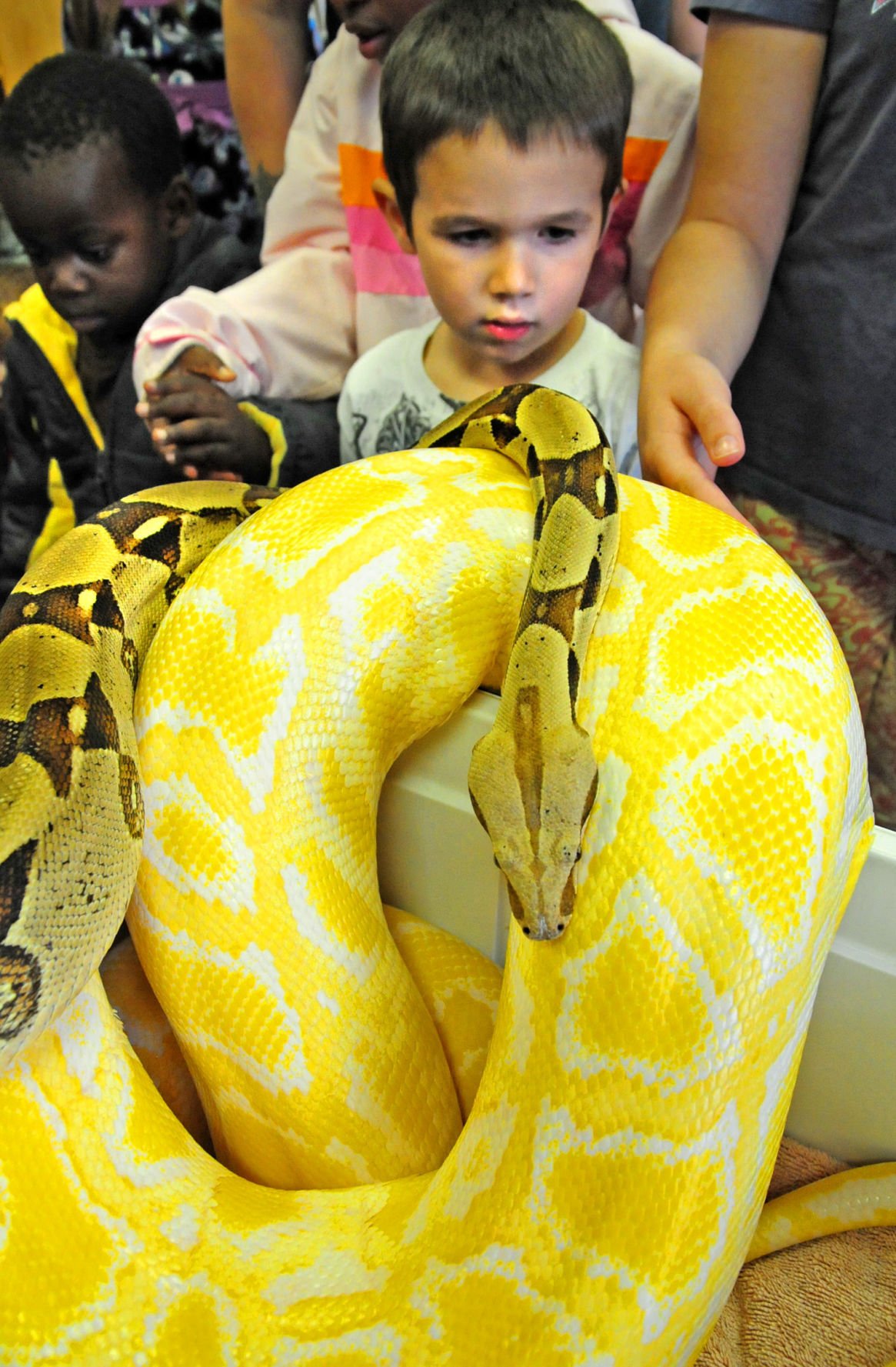
If infestations of snakes in the house already exist, individuals should contact the experts at Critter Control to eradicate populations and inspect for rodent infestations. Trim brushes, clear debris, clean up leaf piles, cut tall grass and remove rock piles. Snakes love sheltered areas so general landscaping will help. To help keep snakes away from your property, make your yard less appealing for snakes. Homeowners can seal gaps in building foundations with caulk, store woodpiles off the ground, clear debris out of yards regularly, and erect snake-proof fences to reduce the possibility of attracting snakes inside.

A shed snakeskin seen on or near your property means you should check the area. As disturbing as snakes may be to homeowners, they are not known to cause any damage to homes or structures. Therefore, it is essential to eliminate infestations before their numbers become rampant. In other words, they look for a homesite of convenience with a plentiful number of rodents nearby. In addition to the threat of their painful and sometimes deadly bites, snakes are capable of transmitting diseases. How Do I Catch or Remove Snakes in My House? Additionally, snakes in houses are commonly found in walls, crawl spaces, basements, attics, and drop ceilings. For example, during periods of extreme heat, the pests seek out leaky water pipes and other cool, damp areas. They also flock inside homes when the weather wreaks havoc with their cold-blooded bodies.

If you find signs of snakes, you likely have a rodent infestation like rats, mice, and chipmunks. If snakes are able to secure consistent access to food, they establish long-term nests. Some of the most common areas of the house to find a snake include crawl spaces, basements, garages, and attics (can snakes climb?) Once inside, snakes travel throughout houses inside walls, pipes. Depending on their size, snakes may even be able to slither under gaps in doors. Because snakes cannot chew or dig, they must gain entrance through small holes and cracks. Snakes will hide behind the refrigerator, under the oven, under your bed, or inside cabinets. Snakes wander into homes in search of prey and nesting sites or find themselves inside purely by accident. Snakes look for a place where they feel protected, which is why it can be difficult to find a snake once one has entered your home. What are the typical hiding places for a snake in a house? Once inside, snakes travel throughout houses inside walls, pipes, and around trusses. Snakes wander into homes in search of prey and nesting sites or find themselves inside purely by accident. When Should You Be Concerned About Zoonotic Diseases From Nuisance Wildlife? Tab will move on to the next part of the site rather than go through menu items. Enter and space open menus and escape closes them as well. Up and Down arrows will open main level menus and toggle through sub tier links. Left and right arrows move across top level links and expand / close menus in sub levels. The site navigation utilizes arrow, enter, escape, and space bar key commands.


 0 kommentar(er)
0 kommentar(er)
